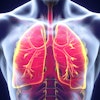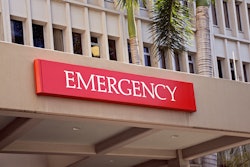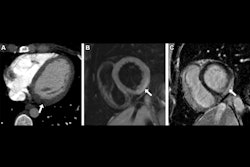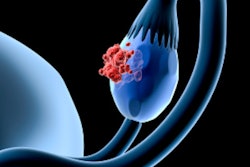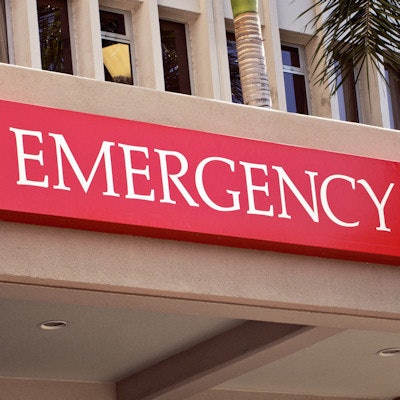
The use of chest and abdominopelvic CT in the emergency department (ED) increased dramatically between 2011 and 2018, raising concerns about overuse, according to a study published August 23 in the American Journal of Roentgenology.
Why? It's unclear, and the study results suggest there's a need to evaluate whether CT is being used appropriately in a trauma context, noted a team led by Dr. Ninad Salastekar of Emory University in Atlanta.
"The increase in utilization of CT in the emergency department setting has raised a range of concerns," the group wrote. "The growing use of CT contributes to increases in healthcare costs and downstream resource utilization, as well as potential care delays."
Visits to the emergency department have climbed in the U.S. in recent years, due in part to better imaging technology, increased scanner availability, and physician concern about malpractice. With this boost in ED encounters comes an uptick in the use of CT, the authors noted.
But this intensified use of CT in the emergency department may not translate to timely diagnoses or necessary hospital admissions, "suggesting that the utilization increase may in part represent inappropriate imaging" the group warned.
To assess use of CT in the emergency department, Salastekar and colleagues conducted a study that analyzed national commercial claims data taken from the IBM MarketScan Commercial Database. The researchers identified 8.4 million trauma-related emergency department encounters between 2011 and 2018 and tracked injury severity (minor, intermediate, and major) as well as type of CT exam (chest, abdominopelvic, and thoracoabdominopelvic). The investigators then calculated the frequency of CT exams per 1,000 trauma-related emergency department visits.
Most of the trauma-related ED encounters were minor (5.7 million, or 67.9%) or intermediate (2.6 million) the authors noted; only 58,853 encounters were major.
Use of CT across a variety of exam types increased during the study time-period, the team found, particularly for thoracoabdominopelvic CT exams, as shown in the table below.
| Use of CT in the emergency department by type of exam per 1,000 trauma encounters | |||
| Exam type | 2011 | 2018 | Incidence rate ratio* |
| Abdominopelvic/chest | |||
| Total utilization | 9 | 20 | 1.12 |
| Minor | 5.8 | 15.3 | 1.14 |
| Intermediate | 12.7 | 26.7 | 1.14 |
| Major | 151.7 | 214.1 | 1.06 |
| Single-encounter thoracoabdominopelvic | |||
| Total utilization | 3.4 | 8.9 | 1.16 |
| Minor | 1.1 | 4.6 | 1.18 |
| Intermediate | 6.4 | 16.4 | 1.16 |
| Major | 99.6 | 179.9 | 1.08 |
The study results show that more work is needed to understand why CT use in the emergency department has increased and why this increase appears to be linked to particular types of CT exams -- particularly pressing questions in a time when physicians and healthcare administrators are trying not only to manage costs but also radiation exposure to patients.
"National utilization of chest CT and abdominopelvic CT for trauma-related ED encounters increased from 2011 to 2018," the group concluded. "The increase was most pronounced for single-encounter thoracoabdominopelvic CT for minor trauma. Further investigation should explore the potential benefit of [CT] imaging and strategies to optimize order appropriateness," the group concluded.


